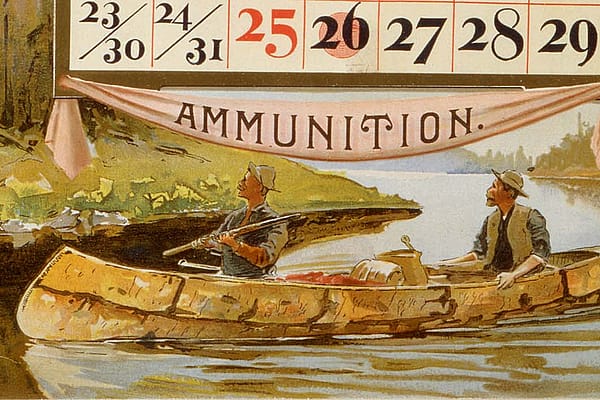
Treasures from Our West: Cooper’s hawk specimens
Originally featured in Points West magazine in Spring 2010
Visitors with our popular natural history behind-the-scenes tours are often surprised by the important role we play in society. In addition to field-based research, exhibitions, and field and gallery-based programs and lectures, we help gather and record information about the variety of life on earth—especially in our area: the Greater Yellowstone region. As such, we are now a key link in the international network of institutions documenting wildlife populations in and around Yellowstone.
These specimens represent four immature Cooper’s hawk (Accipiter cooperii) birds from our area. As a federal and state repository, we received their carcasses after the birds collided with windows or other structures, which is not uncommon in their single-minded pursuit of prey. This is especially true of Cooper’s hawks and their close relatives, sharp-shinned hawks (Accipiter striatus). These raptors specialize in hunting other birds and often capture them on the fly! If you use a bird feeder in the winter, you will probably see one of these opportunists looking for a meal.
Here, staff and volunteers prepared two specimens as traditional study skins, and two as flat skins (with wings out)—each treated and housed to basically last forever. They are used to study geographic range of the species, variations in size and plumage, presence of environmental contaminants on feathers, or genetic studies from extracted DNA. We also use them to train students, support public educational programs, and help wildlife artists create accurate representations. While the untrained eye may view these specimens as odd-looking, dead animals, they are priceless to the communities that natural history museums serve.

Cooper’s hawk specimen. DRA.304.185
Post 107
Written By
Nancy McClure
Nancy now does Grants & Foundations Relations for the Center of the West's Development Department, but was formerly the Content Producer for the Center's Public Relations Department, where her work included writing and updating website content, publicizing events, copy editing, working with images, and producing the e-newsletter Western Wire. Her current job is seeking and applying for funding from government grants and private foundations. In her spare time, Nancy enjoys photography, reading, flower gardening, and playing the flute.










